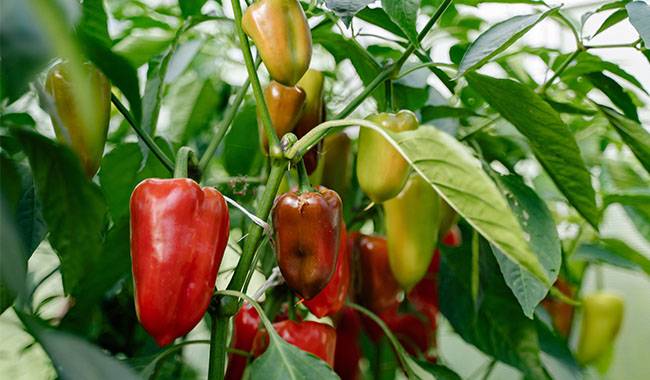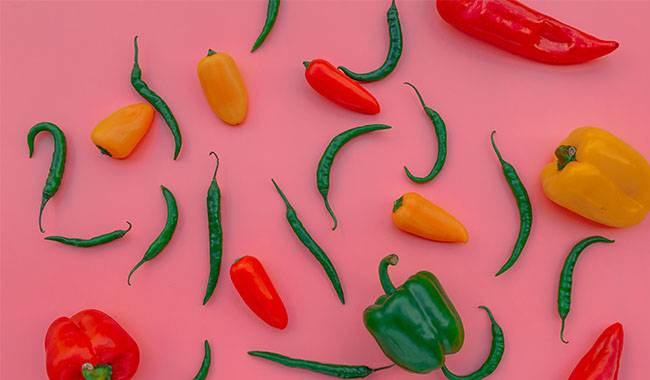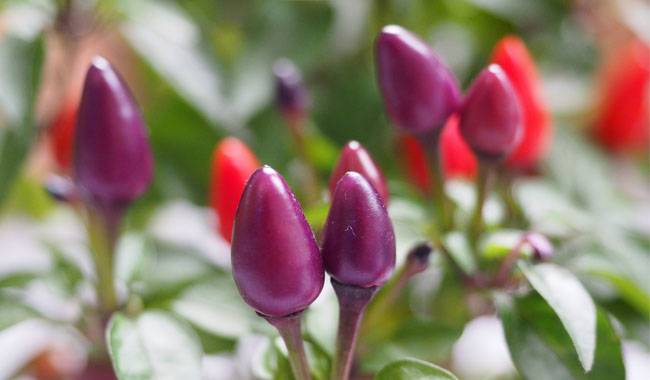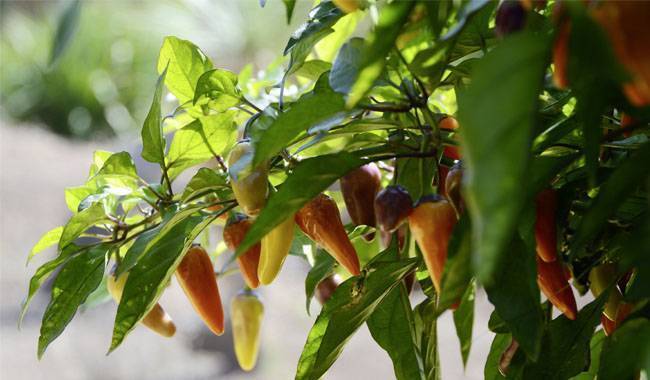
It’s no secret that our garden beds hold a multitude of vegetable crops within their (sometimes very meager) space. We have plenty to grow ourselves: tomatoes, potatoes, zucchini, cucumbers, blueberries, and of course, peppers. Speaking of peppers(capsicum), it’s worth noting that here our choices tend to become rather modest: we forget that there are other equally useful varieties, such as hot peppers, in addition to bell peppers. Or, do we avoid them because we are ignorant of their health properties? Let’s get to know peppers(capsicum) better!
USEFUL PROPERTIES OF CHILI PEPPERS(CAPSICUM)
When it comes to the health properties of chili peppers, whose scientific name is Capsicum, the first thing worth noting is that they are rich in capsaicin – a rather rare alkaloid with a pungent taste and some medicinal properties. One of its main advantages is its ability to induce mass death of malignant cells in the body by inhibiting the mitochondria that provide energy to these cells. In addition, chili peppers are a source of carotenoids (about their importance in our diet, it goes without saying) and fatty oils, sugar, potassium, magnesium, iron, and vitamins A, B, B6, and C.
Cayenne pepper is an excellent blood thinner thanks to its chemical composition, helps improve hematopoiesis, stimulates the absorption of blood clots, removes toxins from the body, restores ovarian function, lowers cholesterol levels, and regulates insulin secretion, and increases brain function. Its constant use in food (whether raw or dried) speeds up metabolism, strengthens the intestinal microbiota, promotes digestion speed, and strengthens the immune system.
If you use it as a condiment, you can lose weight fairly quickly. In most Southern countries, no kitchen can do without chili peppers – this product and its derivatives are so valuable and helpful.
THE ORIGIN OF CHILI PEPPERS
Chili peppers came to our gardens from South and Central America. They have taken over the world and have become a mass-produced crop, achieving the highest yields in most warm climates. Its bushiness, high yield potential, small size, elongated fruit shape, and ornamental qualities are set apart from its common sweet cousins. It is because of these qualities that pepper is often grown as a house plant. Today, it comes in hundreds of varieties that vary in stinginess and color, size, and shape. In general, cayenne peppers are part of the cayenne Capsicum family.

PEPPER CULTIVATION
Chili peppers do not differ much from bell peppers in terms of growing techniques. They are sown in seedlings, picked, hardened, and planted outdoors only when they are certain that no frost will return and the plants reach a height of 4-6 inches (10-15 cm) (about two months after sowing).
In colder regions, peppers are best cultivated in greenhouses and planted in beds or pots. The former allows for stronger bush formation and better harvests, but the latter allows the plants to be brought home in the cold season and used to decorate winter windowsills.
One of the main features of pepper care is its tendency to form vigorous bushes with continuous flowering. Building on these morphological characteristics can help plants form by pinching off the top buds and removing excess flowers. The first method increases the ornamental appearance of the bush, and the second increases the size and quality of the fruit. However, if peppers are left untouched, they will do both on their own, except for forming smaller peppers.
It is also worth mentioning that all peppers respond to fertilizers. For this reason, it is best to plant them in pre-fertilized beds or to fertilize them weekly with grass clippings or other fertilizers used for tomatoes from the time the first fruits are formed.
Regular watering of this group of peppers is also considered good care. Keep in mind that although the root system of peppers is callus-like, it is capable of reaching sufficient depth that irrigation of the culture should not be superficial but heavy. And if peppers are grown in pots, do so regularly, up to twice a day (at warmer temperatures). They do not like moisture on the leaves and fruits, but only under the roots.
To prevent peppers from breaking under the weight of their crop, you should tie extra sturdy varieties to stands and pick the ripe ones at the right time.
One more thing. If you have the opportunity, you can save the fruit for the next year of cultivation. You can do this: After the last fruit harvest, transplant the mature plants into large pots, trim them to 4-6 inches (10-15 cm) high and place them in a cellar or other frost-free room until spring. Plant in beds next year so that the peppers will form green masses sooner and be harvested earlier and in a larger size.
HARVESTING PEPPERS
A characteristic of peppers is their gradual ripening at harvest time. But this is also its advantage because the fruits of these peppers can be eaten either fully ripe or unripe. The more they ripen, the more pungent and sweet their flavor becomes.
Towards autumn, the unripe peppers should be harvested. This will not affect the quality of the harvest in any particular way – the peppers will ripen at home as well, but the plants will be able to harvest more.
When picking the buds, remember that it is best to cut or trim them with scissors, as pulling them off the bush can damage the branches and stress the peppers.
USE OF PEPPERS
Peppers can be used in several forms: dried, pickled, and fresh. While the fresh ones are self-explanatory, there are some other ones worth mentioning.
First, there are the spices. Usually, they are a mixture of various spices that not only complement each other in flavor but also enhance the flavor and promote better absorption.
Secondly, paprika is also widely used in cooking. It is added to salads, sauces, stews, and broths. In addition, cayenne pepper is used in marinades to enhance the flavor of soups, borscht, and pizza. It is also suitable for freezing, but the pods should be soaked in boiling water for three minutes or lightly fried before being placed in the freezer.
The product is also good when seasoned. When hung by the tail throughout the winter, it not only retains its beneficial properties but is also a great addition to the kitchen.





